If you ask Koreans for recommendations on where to visit, you’ll undoubtedly hear Seoul, probably the port city of Busan, historic Gyeongju, or scenic Jeju island.
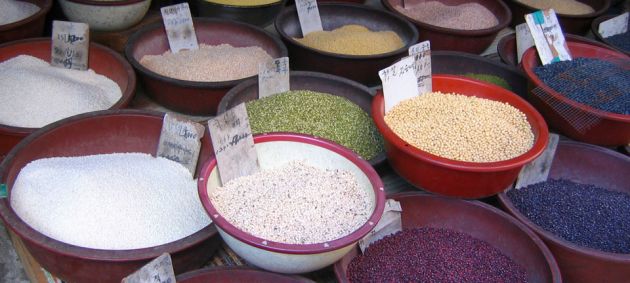
But one place you typically don’t find on peoples’ short list, is colorful Daegu, Korea’s fourth largest city and the capital of North Gyeongsang Province.
You see, Daegu is my mother’s hometown, so, I’ll admit that I have special affection for this bustling city of two and a half million people. But give me a couple of minutes and I think I can also persuade you that a visit is certainly worth the effort.
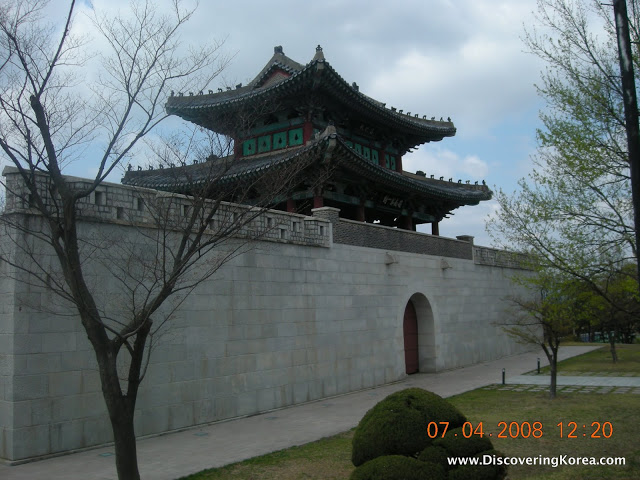
Surrounded by beautiful, low green mountains and situated at the junction of the Geumhogang and Nakdonggang rivers, the Daegu area was the center of ancient Korea’s Silla Kingdom for nearly 1,000 years.
During the Joseon Dynasty, Daegu was the focal point for the whole region. And, thanks to this history, this part of North Gyeongsang Province is still home to many important cultural properties.
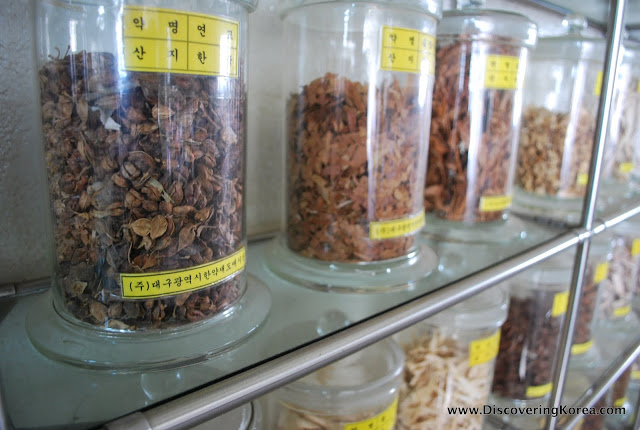
Today, Daegu is probably best known for its delicious apples, as the home of Korean baseball and the most Miss Korea beauty pageant winners. But the city is also the site of Korea’s oldest medicinal herb market.
Since 1658, people have come to Yangnyeongsi Market (약령시) from as far away as China and Russia to purchase ginseng, reindeer horns and lizard tails. Hundreds of medicinal shops still offer traditional remedies to life’s aches and pains, and each spring the market hosts an annual festival.
If purchasing “magic mushrooms” isn’t your thing, why not check out the bright lights of Daegu’s Yasigolmok District (야시골목), where hundreds of cafés, bars and nightclubs make it a focal point for young people.
The name means, “the street of cute foxes,” thanks to all of the attractive young women the area attracts.

But Daegu isn’t just a shopper’s paradise. For nature lovers, my favorite place is Mangudang Park (망우당공원) in the city’s eastern district.
The sprawling park overlooks the gentle Geumhogang and includes a rebuilt version of the city’s historic South gate, which is, unfortunately, all that remains of the fortress wall that once encircled Joseon-era Daegu.
The site also includes a statue of General Gwak Jae-oo (곽재우), whose pen name was Mangudang, a Korean hero who defeated Japanese invaders in the late 16th Century.
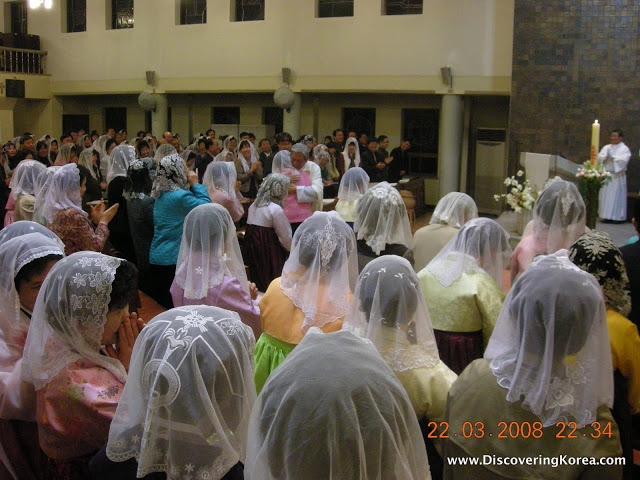
Of course, what really makes Daegu special are its people. Gyeongsang-do people are often described as hard working, modest, and conservative, but in my personal experience, they’re also feisty!
When my family gets together, there’s always plenty of boisterous laughter and loud, animated conversation spoken in a distinctive saturi (사투리), or regional dialect. Maybe this feistiness is thanks to the weather? Typically, Daegu has hotter summers and colder winters than most parts of Korea.
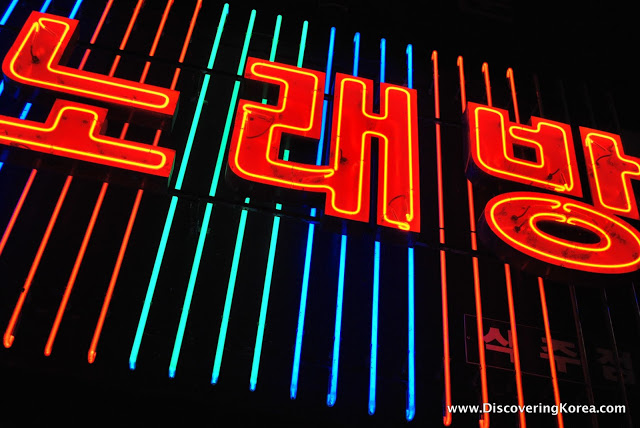
The next time you visit Seoul, why not jump on the express train and sample some of Korea’s wonderful regional variety. In less than two hours, you can enjoy Daegu’s slower pace and friendly, sincere people.
And, in the unlikely event that you’ve exhausted all that colorful Daegu has to offer, the city is also a great base for daytrips to nearby places, like Gyeongju (경주), Haeinsa temple (해인사) and Palgongsan mountain (팔공산).
About Matt Kelley
Matt Kelly is native of the US Pacific Northwest and is half-Korean by ethnicity. He lived in Korea for five years and has written hundreds of travel guides for Wallpaper, TimeOut, the Boston Globe and Seoul Magazine and was a host for several different variety shows on Korean radio and television.
